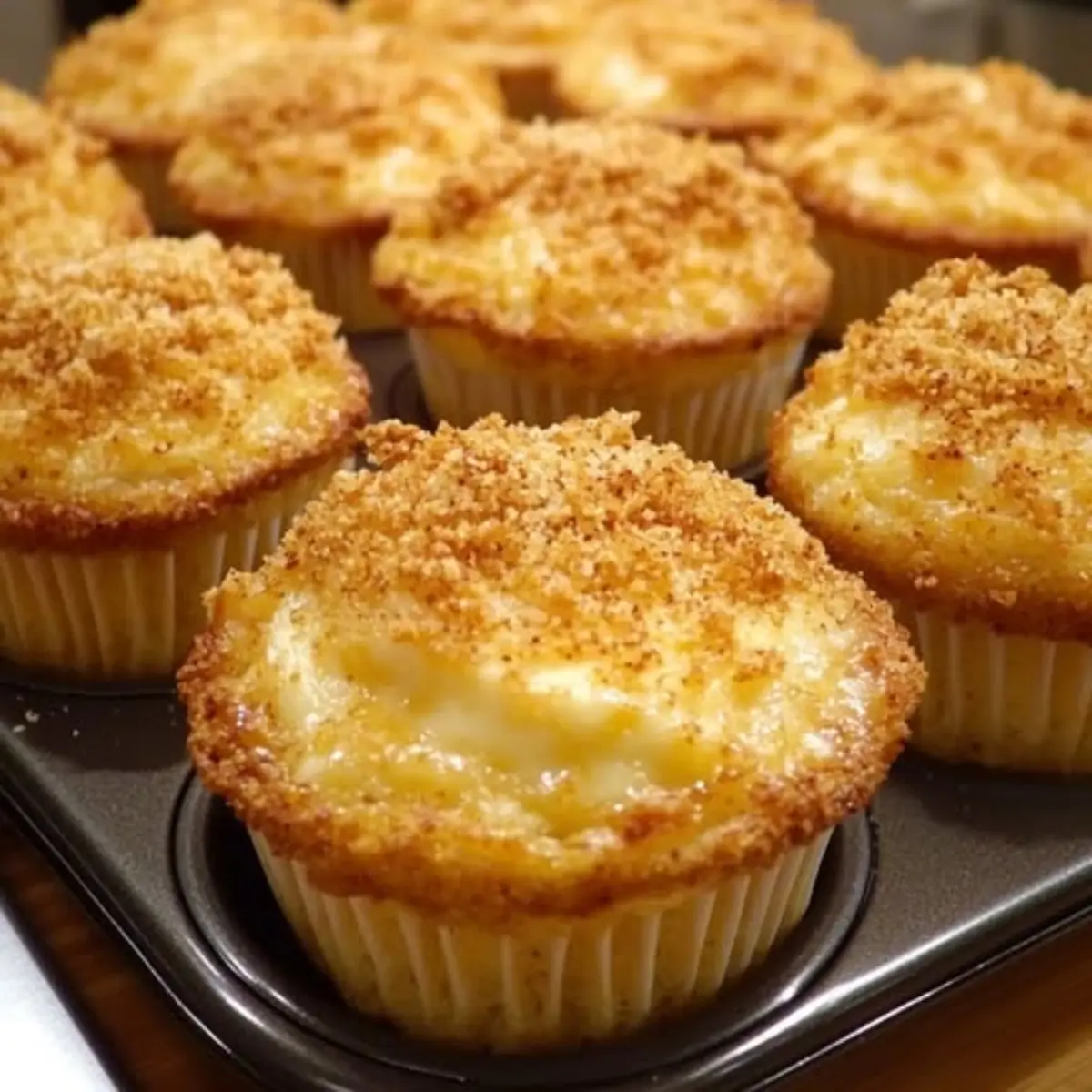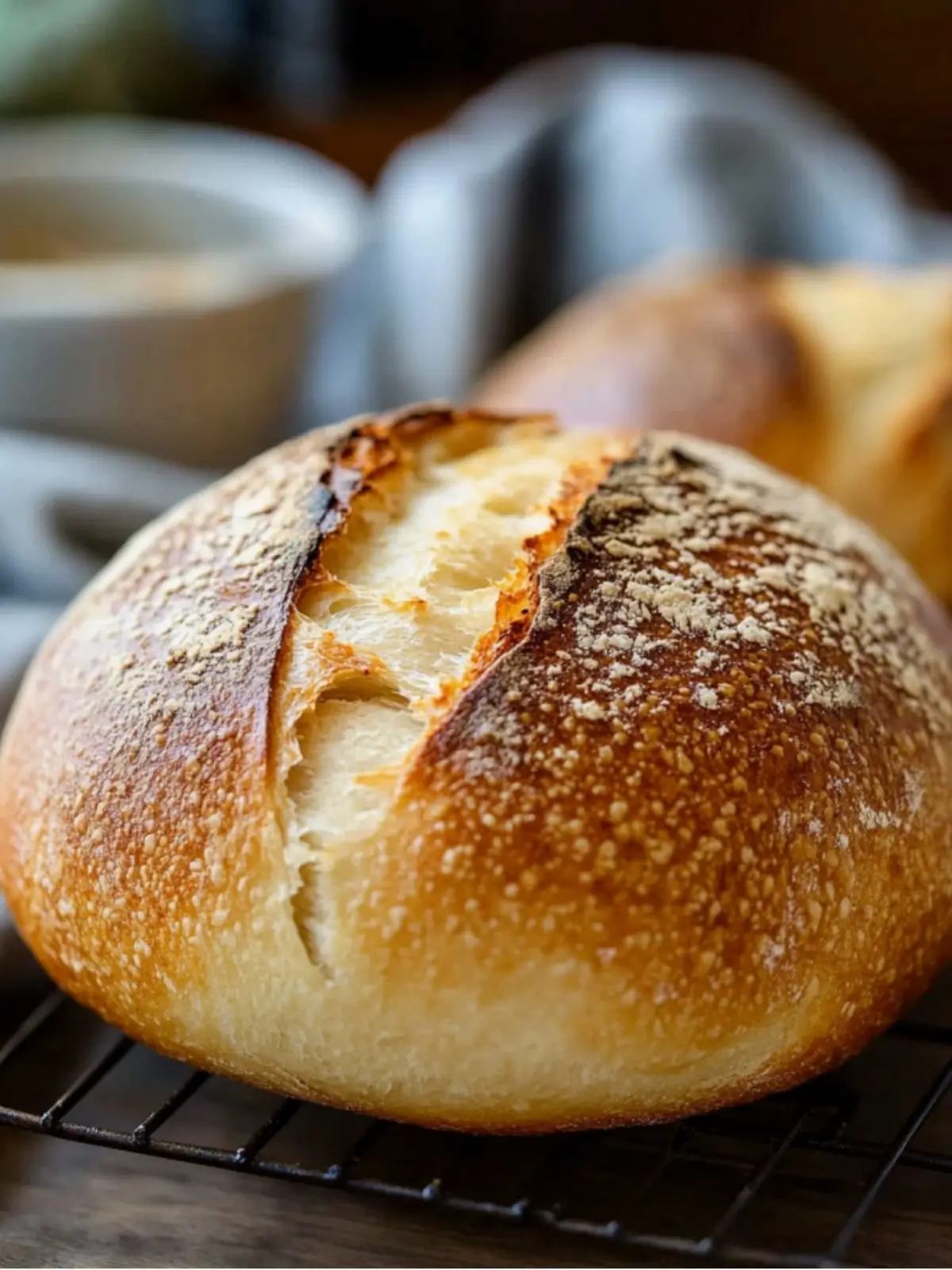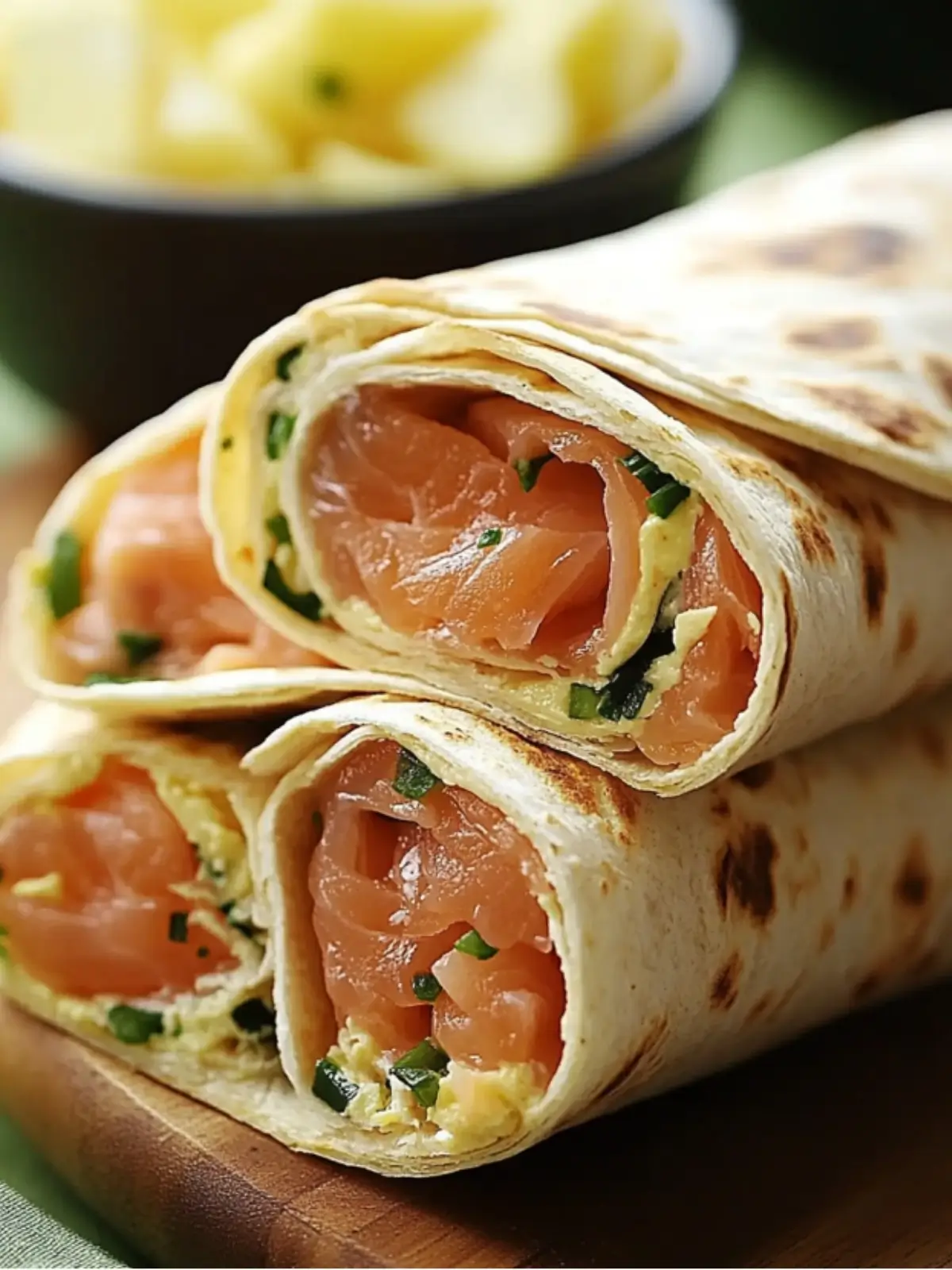Introduction to Gluten-Free Biscuits
ADVERTISEMENT
Gluten-free diets have become increasingly popular, driven by the rising awareness of gluten intolerance and celiac disease.
Gluten-free biscuits offer a delightful alternative to traditional baked goods, allowing individuals with dietary restrictions to enjoy the same comfort foods.
These biscuits are not just a necessity for those with gluten sensitivity; they're a delicious choice for anyone looking to explore healthier baking options.
The trend towards gluten-free eating isn't just about avoiding gluten. It's about embracing a diverse range of ingredients that offer unique flavors and health benefits.
For instance, almond milk, a common substitute in gluten-free recipes, provides a rich, nutty flavor while being low in calories and rich in vitamins. Similarly, vegan butter alternatives bring a new dimension of taste while catering to dairy-free needs.
Understanding the benefits and possibilities of a gluten-free diet is crucial. Whether you have celiac disease or are simply curious about gluten-free baking, these biscuits are a perfect starting point. They offer a window into a world of diverse, inclusive, and health-conscious culinary adventures.
Essential Ingredients for Gluten-Free Biscuits
Gluten-free baking is an art that starts with the right ingredients. Making the perfect gluten-free biscuit involves a blend of alternative flours and non-traditional ingredients, each playing a pivotal role in texture and taste.
- Gluten-Free Flour Blends: The backbone of any gluten-free biscuit, these blends often consist of rice flour, tapioca starch, and xanthan gum. Brands like King Arthur Flour offer ready-made blends that simplify the process.
- Dairy-Free Options: Almond milk and vegan butter are excellent dairy-free alternatives. They maintain the biscuits' texture while adding their unique flavors. Almond milk, in particular, adds a subtle nuttiness and is a healthy option, being rich in vitamins and low in calories.
- Leavening Agents: Gluten-free baking powder ensures your biscuits rise perfectly without any gluten.
Substitutions don't just stop at flour and dairy. For those looking to further customize their biscuits, here are some additional alternatives:
- Sweeteners: Instead of traditional sugar, try using natural sweeteners like maple syrup or honey.
- Fats: Coconut oil can be a great vegan substitute for butter, adding a light, tropical flavor to the biscuits.
Remember, the key to successful gluten-free baking is experimentation. Don't be afraid to try different combinations of flour blends and substitutes. Each variant not only alters the taste and texture but also caters to various dietary needs and preferences.
Step-by-Step Recipe
Creating the perfect gluten-free biscuits is a rewarding experience. Here’s a step-by-step guide to help you bake these delightful treats:
- Preheat and Prepare: Start by preheating your oven. Line a baking sheet with parchment paper, ensuring it's ready for the biscuits.
- Mix Dry Ingredients: In a large bowl, combine your gluten-free flour blend, gluten-free baking powder, and a pinch of salt. These dry ingredients form the foundation of your biscuits.
- Incorporate Fats: Add melted vegan butter or coconut oil to the mix. Using a fork, blend until the mixture resembles coarse crumbs. This step is crucial for achieving that desirable flaky texture.
- Add Liquid Ingredients: Gradually pour in your dairy-free milk alternative, such as almond milk, stirring until a dough forms. The dough should be sticky but manageable.
- Shape the Biscuits: Scoop out portions of the dough onto your prepared baking sheet. Gently shape them into rounds, giving them a classic biscuit appearance.
- Bake to Perfection: Place the baking sheet in the oven and bake until the biscuits are golden brown. This usually takes about 12-15 minutes, depending on your oven.
- Cool and Serve: Let the biscuits cool on the baking sheet for a few minutes before transferring them to a wire rack. Serve warm for the best experience.
Throughout this process, remember the key to great gluten-free biscuits is not just in the recipe, but also in the technique. Gentle handling of the dough and not overworking it are crucial steps to ensure your biscuits are light and fluffy.
For more detailed instructions and tips, websites like Wife Mama Foodie offer a wealth of information on gluten-free baking.
Variations and Customizations
The beauty of gluten-free biscuit recipes lies in their versatility. Here are some creative ways to customize your biscuits:
- Herbs and Spices: Elevate your biscuits by adding herbs like rosemary or thyme. Spices like cinnamon or nutmeg can add a sweet twist, perfect for a breakfast treat.
- Cheese and Garlic: For a savory option, incorporate grated cheese and minced garlic into the dough. This variation is excellent as a side dish for dinners.
- Fruit Additions: Consider adding dried fruits like cranberries or apricots for a hint of sweetness and texture.
These customizations not only enhance the flavor but also allow you to tailor the biscuits to different meals and occasions. Whether you're serving them with soup, as a base for a breakfast sandwich, or as a standalone snack, there's a variation to suit your needs.
When experimenting with ingredients, it's important to consider how each addition affects the dough's moisture and consistency. For instance, adding wet ingredients may require a slight increase in flour to maintain the right texture.
Beyond the basic recipe, the realm of gluten-free baking opens up a world of possibilities. Exploring different combinations and flavors can lead to discovering your unique, signature biscuit recipe. For more ideas and inspiration, platforms like Pinterest are a treasure trove of creative gluten-free baking recipes.
Serving and Pairing Ideas
Gluten-free biscuits are incredibly versatile, making them perfect for various meals and occasions. Here are some serving and pairing ideas to elevate your gluten-free biscuit experience:
- Breakfast Combinations:
- Pair biscuits with scrambled eggs and avocado for a hearty breakfast.
- Spread almond butter and a drizzle of honey for a sweet start to your day.
- Use them as a base for gluten-free eggs Benedict, topped with a dairy-free hollandaise sauce.
- Dinner Side Dishes:
- Serve alongside soups, such as pumpkin turkey chili, adding a comforting element to the meal.
- Complement a salad with warm biscuits, offering a satisfying crunch and flavor contrast.
- Pair with a vegan stew or casserole for a complete, hearty dinner.
- Creative Sandwich Ideas:
- Fill biscuits with homemade breakfast sausage, egg, and dairy-free cheese for a filling sandwich.
- Make mini sliders with grilled vegetables and a spread of hummus for a light, flavorful lunch.
- Use biscuits as buns for pulled jackfruit or barbecue mushroom sliders.
The possibilities for serving gluten-free biscuits are endless. Whether it's a quick breakfast on the go, a comforting addition to dinner, or a unique sandwich creation, these biscuits can enhance any meal.
Nutritional Information
Understanding the nutritional profile of gluten-free biscuits is important, especially for those mindful of their dietary intake. These biscuits are not just a safe option for those with gluten intolerance but also offer several health benefits:
- Caloric Content: Gluten-free biscuits generally have a similar caloric count to traditional biscuits. However, the exact count varies depending on the ingredients used, especially the type of flour and fats.
- Rich in Fiber: Many gluten-free flours, like those made from nuts or ancient grains, are higher in fiber compared to traditional wheat flour. Fiber is essential for digestive health and can aid in maintaining a healthy weight.
- Lower in Sugar: By using natural sweeteners like maple syrup or honey, you can reduce the overall sugar content. This makes these biscuits a healthier option for those monitoring their sugar intake.
- Vitamin and Mineral Rich: Ingredients like almond milk and nutritional yeast add an extra boost of vitamins and minerals. For instance, almond milk is a good source of vitamin E, while nutritional yeast can provide B vitamins.
It's important to note that while gluten-free biscuits can be healthier in some aspects, they should still be consumed in moderation as part of a balanced diet. For those interested in the health aspects of gluten-free ingredients, resources like Nutritional Yeast on Wikipedia provide valuable information.
Storage and Freezing Tips
Proper storage and freezing of gluten-free biscuits can greatly extend their freshness and convenience. Here are some tips to ensure your biscuits remain delicious long after baking:
- Room Temperature Storage:
- Store biscuits in an airtight container at room temperature.
- They typically remain fresh for up to 3 days.
- To revive a day-old biscuit, warm it in the oven or microwave briefly.
- Refrigerating Biscuits:
- Biscuits can be refrigerated in an airtight container for up to 5 days.
- When ready to eat, reheat them in the oven or microwave to restore their warmth and texture.
- Freezing for Long-Term Storage:
- Gluten-free biscuits freeze well. Cool them completely before freezing.
- Wrap each biscuit individually in plastic wrap and then place them in a freezer-safe bag or container.
- They can be frozen for up to 3 months.
- To thaw, leave them at room temperature or reheat directly from frozen in the oven.
- Freezing Unbaked Dough:
- For fresh biscuits on demand, freeze the shaped, unbaked dough.
- Place the dough portions on a baking sheet and freeze until solid, then transfer to a freezer-safe container.
- Bake from frozen, adding a few extra minutes to the cooking time.
FAQs
The FAQs section addresses common questions and concerns about gluten-free biscuits, offering insights and tips for both novice and experienced bakers.
- Can I substitute different types of gluten-free flour in the recipe?
- Yes, but be mindful that different flours have varying absorbencies and flavors. Experiment to find the blend that works best for you.
- Why are my gluten-free biscuits not rising?
- Ensure your baking powder is fresh and gluten-free. Also, avoid overworking the dough, as this can prevent the biscuits from rising.
- How can I make my biscuits fluffier?
- The key to fluffy biscuits is in the handling of the dough – mix just until combined and handle it as little as possible. Also, ensure your oven is properly preheated.
- Can these biscuits be made dairy-free?
- Absolutely! Use dairy-free alternatives like almond milk and vegan butter. For more information on dairy-free baking, vegan butter options can be explored.
- Are gluten-free biscuits healthy?
- They can be a healthier option, especially when using whole grain gluten-free flours and natural sweeteners. However, they should still be consumed in moderation.
- Can I freeze the biscuit dough for later use?
- Yes, freezing the dough is a great way to have fresh biscuits anytime. Just add a few extra minutes to the baking time when cooking from frozen.
- What can I serve with gluten-free biscuits?
- They pair well with a variety of dishes, from breakfast eggs to hearty stews. For creative serving ideas, websites like Wife Mama Foodie are a great resource.





Leave a Reply